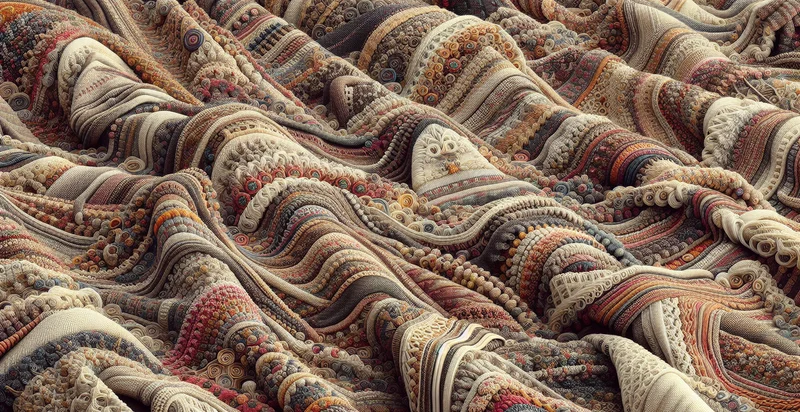Identify what material a pepper mill is made from
using AI
Below is a free classifier to identify what material a pepper mill is made from. Just upload your image, and our AI will predict what material a pepper mill is made from - in just seconds.

Contact us for API access
Or, use Nyckel to build highly-accurate custom classifiers in just minutes. No PhD required.
Get started
import nyckel
credentials = nyckel.Credentials("YOUR_CLIENT_ID", "YOUR_CLIENT_SECRET")
nyckel.invoke("what-material-a-pepper-mill-is-made-from", "your_image_url", credentials)
fetch('https://www.nyckel.com/v1/functions/what-material-a-pepper-mill-is-made-from/invoke', {
method: 'POST',
headers: {
'Authorization': 'Bearer ' + 'YOUR_BEARER_TOKEN',
'Content-Type': 'application/json',
},
body: JSON.stringify(
{"data": "your_image_url"}
)
})
.then(response => response.json())
.then(data => console.log(data));
curl -X POST \
-H "Content-Type: application/json" \
-H "Authorization: Bearer YOUR_BEARER_TOKEN" \
-d '{"data": "your_image_url"}' \
https://www.nyckel.com/v1/functions/what-material-a-pepper-mill-is-made-from/invoke
How this classifier works
To start, upload your image. Our AI tool will then predict what material a pepper mill is made from.
This pretrained image model uses a Nyckel-created dataset and has 15 labels, including Acrylic, Aluminum, Bamboo, Carbon Fiber, Cast Iron, Ceramic, Copper, Glass, Metal and Plastic.
We'll also show a confidence score (the higher the number, the more confident the AI model is around what material a pepper mill is made from).
Whether you're just curious or building what material a pepper mill is made from detection into your application, we hope our classifier proves helpful.
Related Classifiers
Need to identify what material a pepper mill is made from at scale?
Get API or Zapier access to this classifier for free. It's perfect for:
- Material Sourcing Verification: This system can be utilized by businesses to verify the material composition of pepper mills during the sourcing process. By ensuring that suppliers accurately represent the materials, companies can avoid potential discrepancies and maintain quality control.
- Product Quality Assurance: Manufacturers of kitchenware can implement this function during the quality assurance phase to confirm that pepper mills are made from the specified materials. This helps in upholding product standards and customer satisfaction by preventing subpar products from reaching the market.
- E-commerce Listing Accuracy: Online retailers can use this classification function to enhance their product listings by correctly identifying the materials of pepper mills. Accurate descriptions ensure customer trust and reduce the likelihood of returns due to misrepresented products.
- Sustainable Material Identification: Businesses focused on sustainability can use the function to identify eco-friendly materials used in pepper mills. This can assist in promoting products made from sustainable resources, appealing to environmentally conscious consumers.
- Market Research Analysis: Researchers can leverage the classification function to analyze trends in materials used for pepper mills across various brands and models. Understanding material popularity can guide marketing strategies and product development.
- Consumer Education: Retailers can deploy this function in-store or online to educate consumers about the different materials used in pepper mills. Providing insights into the benefits and qualities of each material can assist customers in making informed purchasing decisions.
- Warranty Validation: Manufacturers can use the material identification function to validate warranty claims based on the materials specified for different models of pepper mills. This ensures that only products made from the right materials receive warranty support, protecting both the company and the customer.


